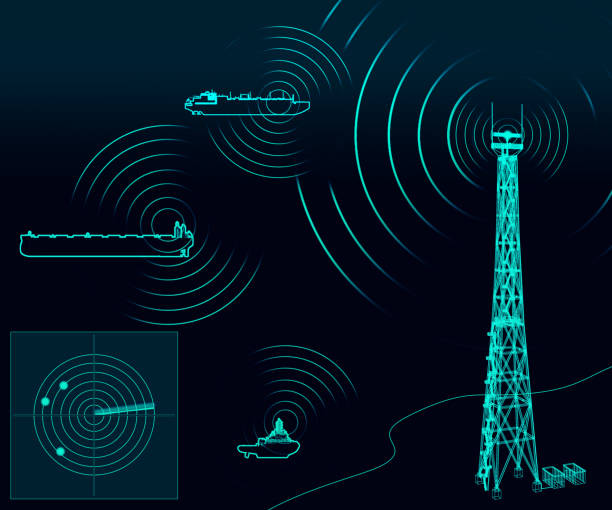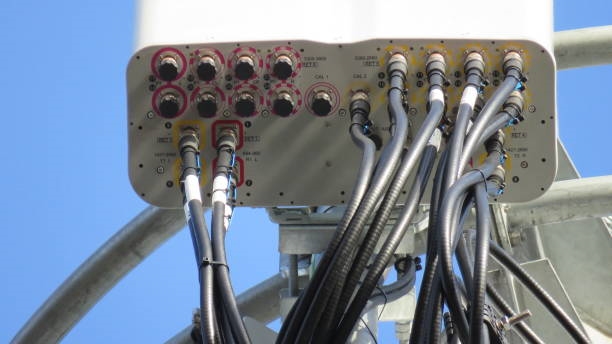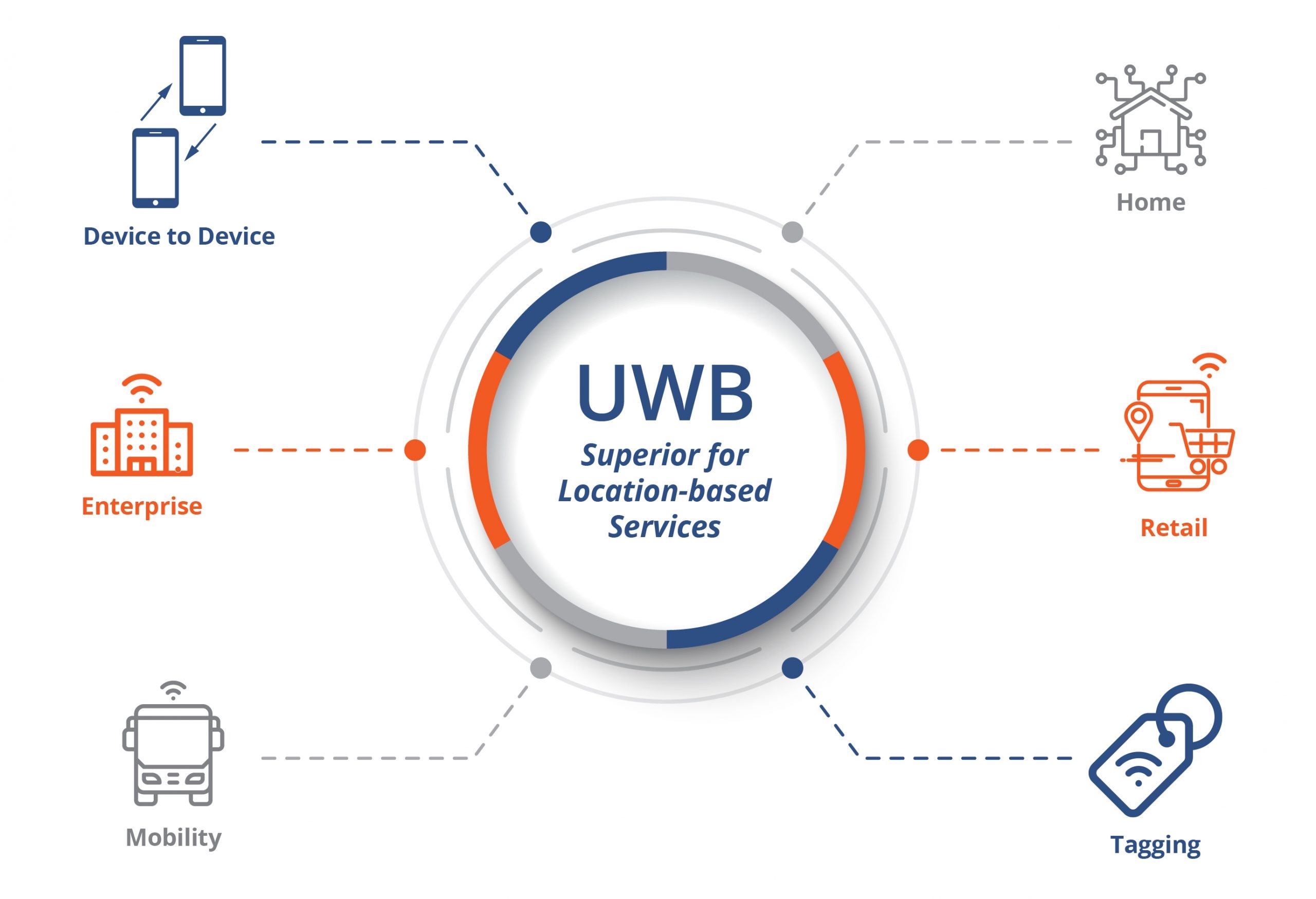Overview
Communication and sensing share many commonalities: both use radio spectrum resources, hardware such as antennas, amplifiers, and filters, and similar signal-processing chains including encoding, modulation, demodulation, and decoding.
Communication typically refers to exchanging wireless signals between base stations and mobile devices to enable internet access and voice. Sensing refers to detecting the state of the surrounding environment—position, orientation, altitude, speed, distance—as well as object shape and human gestures. Radar exemplifies sensing: it transmits radio signals and analyzes received reflections for high-precision perception. Given the complexity and scale of current communication systems, integrating computation to enable systems that perform both communication and sensing is an active direction. Integrated sensing-communication-computing tightly couples these three domains:
- Dynamic data are transmitted in real time over efficient communication networks.
- Sensing devices perform real-time data acquisition and preprocessing.
- Compute systems analyze data and make decisions.
This integration also implies a shift in perspective. Communication focuses on reliable information transfer, sensing emphasizes the content and use of information, and compute enables intelligent control and actuation. Integrated sensing-communication-computing intersects IT (information technology), OT (operational technology), CT (communication technology), and DT (data technology), requiring multidisciplinary collaboration across communications, control, and data engineering.
Advantages
Communication-enhanced sensing: wireless networks gain sensing capabilities, expanding the value of radio infrastructure and enabling networks that serve both connectivity and perception roles.
Sensing and compute-assisted communication: sensing and on-site compute can improve communication performance, reduce time-frequency resource usage, and enhance network responsiveness and robustness.
Resource sharing and coordinated operation among multiple functions enable distributed sensing, adaptive intelligent control, and overall system-level coordination.
Integration can reduce costs and improve efficiency through synergistic use of existing infrastructure, enabling new application scenarios.
Adding sensing capabilities on top of 5G communication networks expands service boundaries and application scenarios, increasing network utility.
Applications
Integrated sensing-communication-computing can be applied across smart home, smart city, intelligent transport, and healthcare scenarios. Typical applications include the following.
Smart Home
Base stations or Wi-Fi access points can provide additional sensing functions for home systems: gesture-based appliance control, fall detection for children or elderly occupants, intrusion-triggered alarms, and behavioral monitoring for health and activity analysis.
Intelligent Transport
Vehicle and pedestrian perception in intelligent transportation and V2X systems includes vehicle intrusion detection, pedestrian intrusion detection, and support for automated driving. Using the high elevation and wide coverage of communication sites, these systems can sense lane-level flow and speed over large areas in real time and detect pedestrian or animal intrusions to support traffic supervision, safety, and efficiency.
Smart Cities
Low-altitude security: sensing for unmanned aerial vehicles (UAVs) in low-altitude scenarios, including UAV intrusion detection, path management, and emergency collision avoidance. Multiple base stations equipped with sensing and compute resources can be configured as rapid-deployment low-altitude monitoring systems. Where base station signals are available, systems can provide real-time localization and tracking of intruding UAVs to inform security decision-making.
Healthcare
Integrated communication and sensing systems can support both high-speed connectivity and health monitoring. Existing techniques use communication signals to monitor human respiration and heartbeat. When anomalies in breathing or heart rate are detected, alerts can be transmitted over communication links for real-time monitoring and follow-up.
Research and Field Trials
Integrated sensing-communication-computing is an active research area. Some organizations are combining Wi-Fi or 5G signals with AI to enable both connectivity and sensing functions.
August 2022: China Unicom and ZTE completed an industry verification test of single-AUU integrated sensing-communication-computing, reporting submeter-level sensing accuracy for low-altitude UAVs and detection ranges exceeding 1 km, with stable performance during combined communication and sensing operations.
May 2023: China Mobile Research Institute and Guangdong Mobile, together with ZTE, completed a field verification of low-frequency integrated sensing multi-target low-altitude perception in Shenzhen.
Meanwhile, a trial of a 5G-A integrated sensing low-altitude collaborative network was conducted in Xiamen. 5G-A integrated sensing technology can provide real-time perception of low-altitude targets and timely information transfer to support public services and low-altitude resource management, and to enable safer operation of drones and logistics activities in low-altitude airspace.
December 2023: China Unicom Research Institute and Nokia Bell Labs demonstrated an application-level verification of integrated sensing in transport networks using coherent digital signal processing, marking China's first demonstration of this approach in optical transmission systems and improving security and performance analysis for fiber transport.
 ALLPCB
ALLPCB








